Lactobionic Acid is an ingredient that you might have spotted cropping up within some skincare products, but what exactly is it and why would you consider incorporating it into your skincare routine?
Contents
What are Acids?
Acid is primarily used for skin cleansing and exfoliating. There are two types of dietary acids in the beauty industry: Alpha hydroxy acid (AHAs) and BHA. Both groups release fluid binding to the surface and reveal a smoother surface when applied. Often thousands of these cells will disappear at once after being removed.
Depending upon how strong the acid is, the results of the peel can be very superficial (like a daily cleanser) to quite deep (think of dermabrasion). Chemical peels are categorized as superficial, medium, or deep.
What is Lactobionic Acid?
To put it simply, Lactobionic acid is the oxidized form of lactose that is derived from milk. Lactobionic acid is a polyhydroxy acid (also known as a PHA) and is an exfoliator, but one that is a gentler alternative to glycolic and salicylic acid. Because ‘Lactobionic’ is a larger molecule than glycolic acid, it will not penetrate the skin as well, therefore, it is considered less strong resulting in it being less irritating on the skin. It works by increasing cell turnover and makes a good option for those with sensitive skin or anyone who is prone to irritation sometimes caused by AHAs.
Lactobionic acid might sound similar to ‘lactic acid’ because they are both derived from lactose, however, they are not to be confused. Lactic acid is a strong alpha-hydroxy acid (AHA) while, as we have now discovered, Lactobionic acid is a polyhydroxy acid (PHA), which is a larger and more gentle molecule.
What are PHAs?
PHAs or polyhydroxy acids are known as the “second generation of AHAs”. PHAs are different from AHAs since they are larger molecules and don’t penetrate as deep into the skin. Thus, they cause less irritation but still provide the same benefits as AHAs.
Can Lactobionic Acid be used with other ingredients?
Lactobionic Acid shouldn’t be used in conjunction with retinol, the reason for this is because both ingredients work to increase cell turnover. Therefore, because they are doing a similar job if they were to both be used together at the same time it may lead to skin irritation, redness, flakiness, and dehydration and could ultimately compromise the skin’s protective barrier – doing more harm than good!
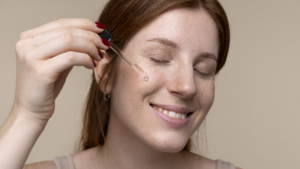
actobionic acid is generally a good follow on from cleansing, so look for products to use following this step in your routine.
What are the benefits of Lactobionic Acid?
The benefits of using Lactobionic acid within your skincare routine are numerous. They include the standard effects of acids, but some are also unique to Lactobionic acid’s gentle nature:
- Exfoliates: Because lactobionic acid functions to gently exfoliate and remove the outermost layer of dead skin cells on the skin
- Gentle enough for sensitive skin: As lactobionic acid is a gentle exfoliator it can be used for everyday use
- Works as a humectant: It helps to lock in moisture from the environment, or moisture that is already in your skin
- Antioxidant properties: It helps to neutralise free radicals to protect our skin from the environmental pollutants that we are all exposed to on a daily basis
How can you incorporate Lactobionic Acid into your skincare routine?
You can find Lactobionic Acid within a number of skincare products. From scrubs, serums, peels and masks. The first place to start will be to decide which format you would like to use and add (or even replace an existing product with) into your skincare routine.
Lactobionic acid is generally a good follow on from cleansing, so look for products to use following this step in your routine. If you are someone who has particularly sensitive skin you should look to gradually introduce this new ingredient, starting with once a week, then (as long as your skin is not reacting) building it up to three times a week and eventually daily.
Over time you would be able to reap the benefits of improved tone and elasticity from this ultimate glow-booster!


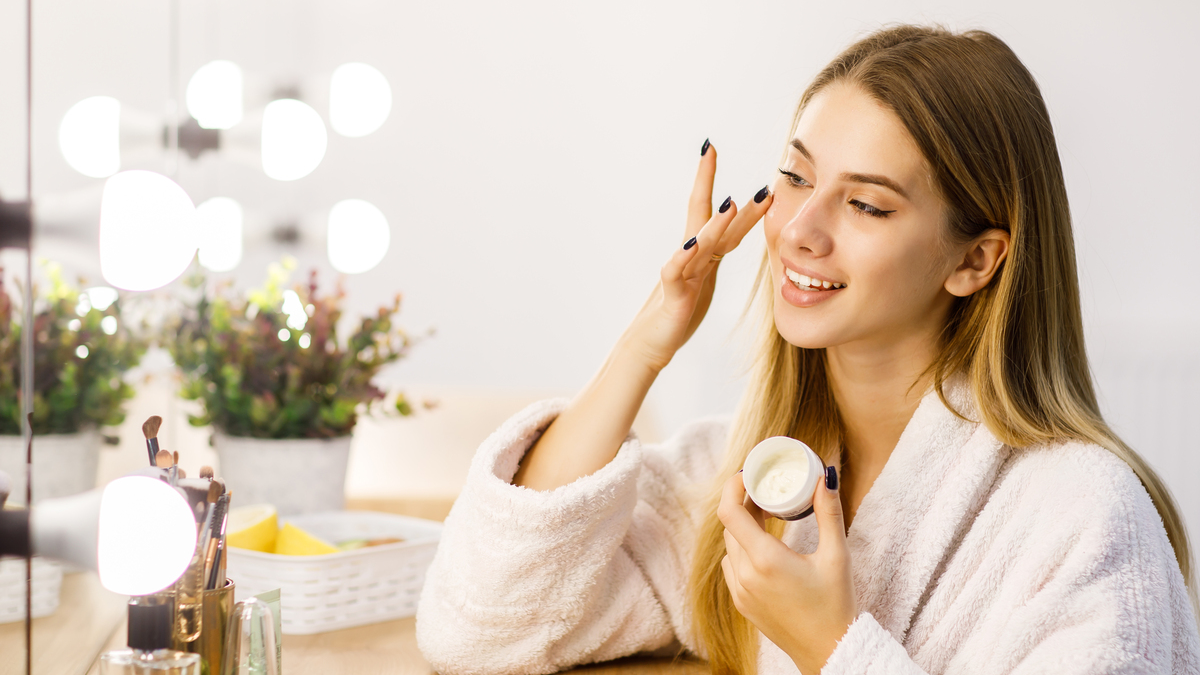
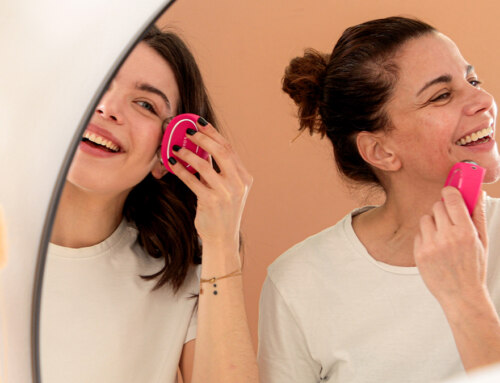
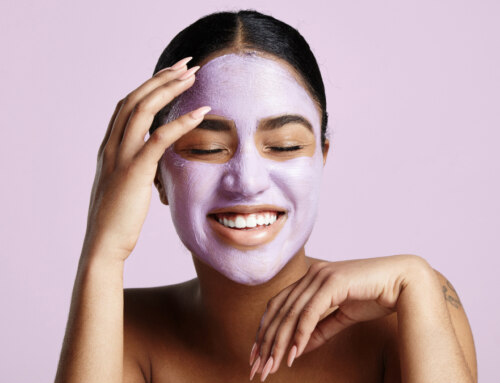
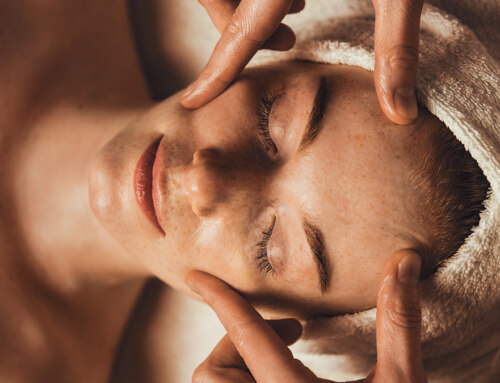

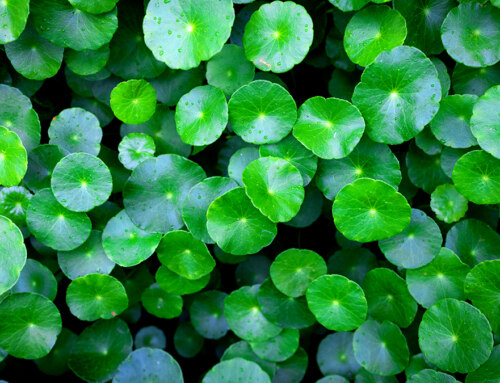
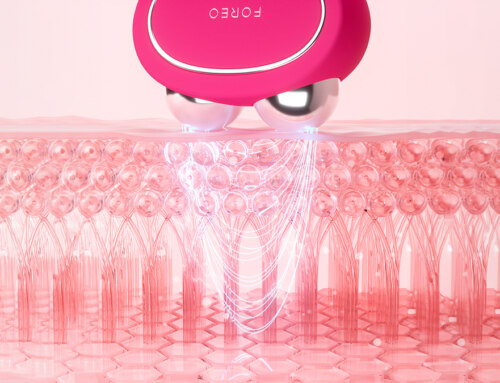





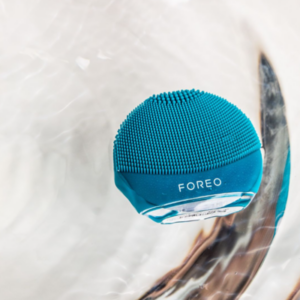

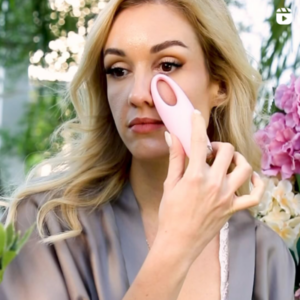

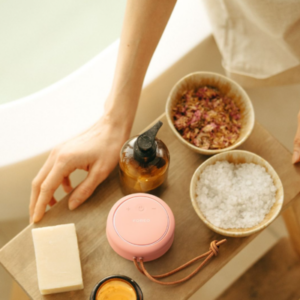
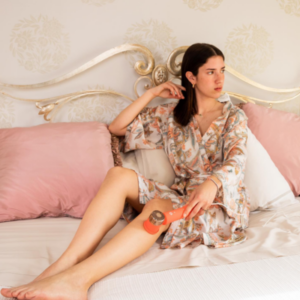
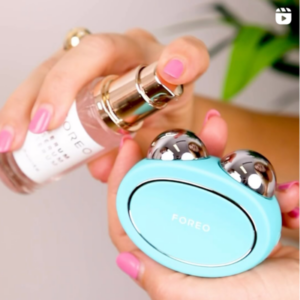
PHAs are the best for sensitive skin! I use a PHA peel once a week and my skin looks so good after. It’s not as harsh as BHAs that’s for sure.
I have always been interested in the difference between PHA and AHA. Thanks for the article
well this was great, thank you for the info. it gets confusing with all acids, which to use and when and combined with what